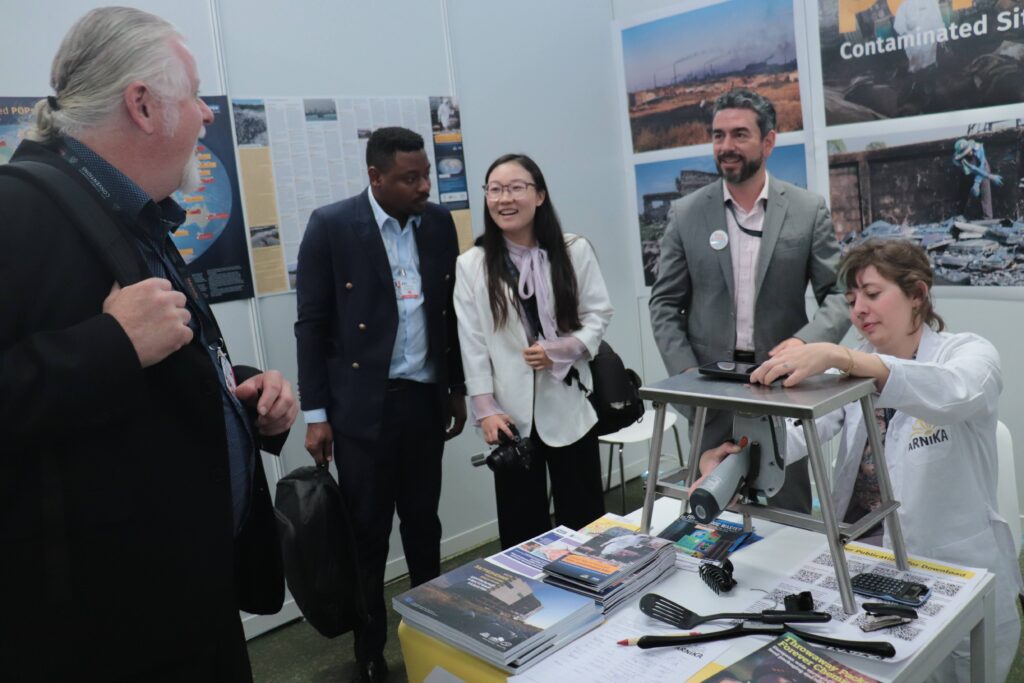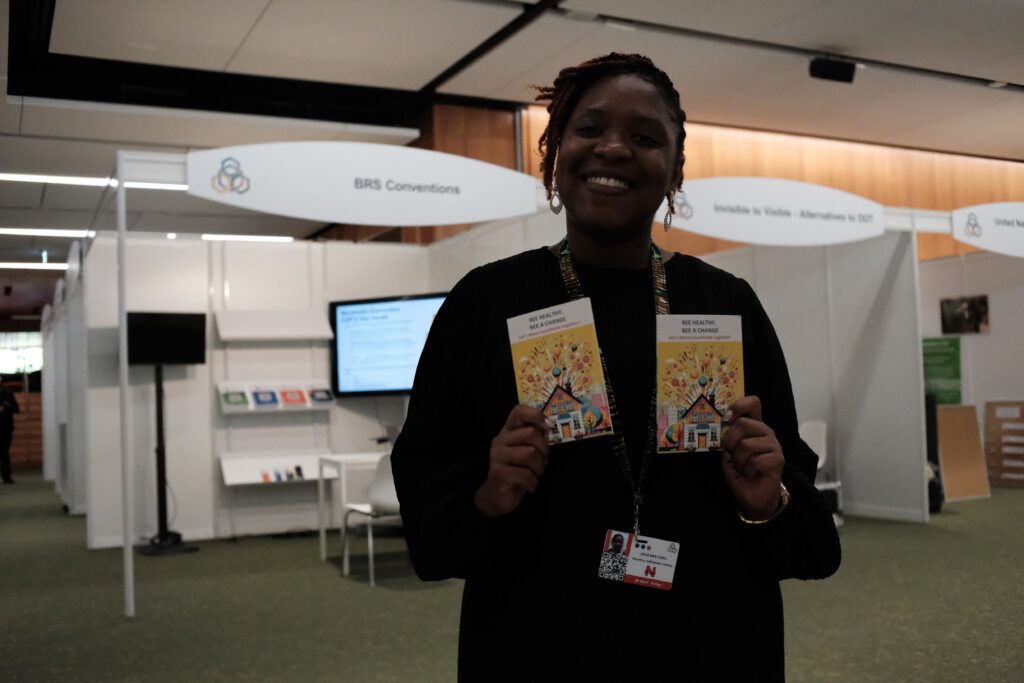Partners of the Life Chembee project lauded the significant decisions made at the recent Stockholm Convention Conference of Parties (COP), which saw the addition of several hazardous chemical groups to the list of globally banned substances. The delegates agreed to include medium-chain chlorinated paraffins (MCCPs), the pesticide chlorpyrifos, and long-chain perfluorocarboxylic acids (LC-PFCAs), harmful chemicals classified as persistent organic pollutants (POPs) requiring global elimination.

Why were these chemicals proposed for global elimination?
MCCPs, widely used as flame retardants and plasticizers in PVC plastics found in numerous consumer products such as toys, flooring, and kitchenware, were highlighted as a particularly concerning group due to their high production volume and widespread presence. The COP’s decision to ban these substances, alongside chlorpyrifos and LC-PFCAs, was welcomed by non-governmental organizations as a crucial step forward for global health and environmental protection. This move signals a growing global consensus towards addressing chemical contamination by banning groups of substances with similar harmful properties, a more efficient approach than the historically slow process of individual chemical bans.
Engaging with the delegates
During the COP, Life Chembee partner Arnika actively engaged with delegates, raising awareness about the project’s citizen science initiatives. Arnika urged delegates to utilize the CheckED app, a user-friendly tool developed within the Life Chembee framework, to assess their personal exposure to toxic substances within their homes.

Photo: Jindrich Petrlik
At the Arnika stand, a dedicated Life Chembee poster showcased the project’s website tool and emphasized that global chemical policies are not solely focused on contaminated industrial sites but are also vital for detoxifying our living spaces. The project underscores the importance of addressing the presence of harmful chemicals repeatedly detected in everyday consumer products.
Some of the partners own research within the Life AsKREACH consumer articles testing in 2022 revealed the presence of MCCPs in various consumer goods, including sporting articles and gardening tools made of PVC, with concentrations reaching up to 3.5%. This finding directly supports the Life Chembee project’s ongoing efforts to educate citizens – the project’s “chemical ambassadors” – about the need to phase out PVC and avoid this plastic in household applications.
“Large PVC surfaces in home renovations, such as vinyl flooring, PVC wallpaper, and PVC windows, can be significant sources of exposure to harmful substances like chlorinated paraffins,” explained Karolina Brabcova, Arnika´s expert on toxic chemicals. “Our CheckED web-based tool empowers individuals to understand their potential exposure from their household environment and take informed steps towards a healthier home and lifestyle.”

Photo: Nikola Jelinek
The Life Chembee project remains committed to empowering citizens with knowledge and tools to reduce their exposure to harmful chemicals and advocates for stronger policies that address chemical contamination at its source. The recent decisions by the Stockholm Convention COP represent a significant step in this direction, aligning with the project’s vision of a toxic-free future.


